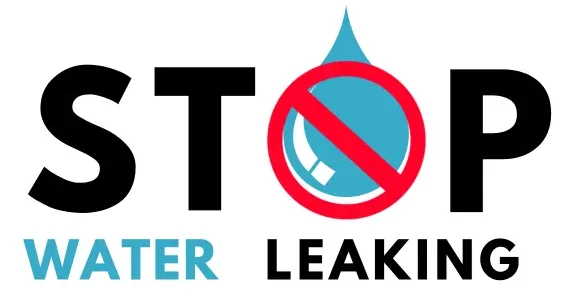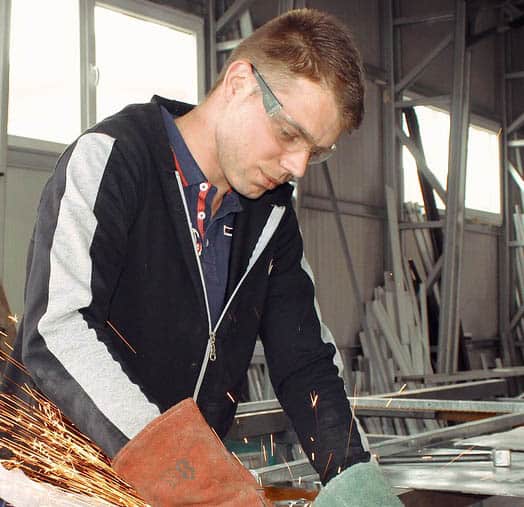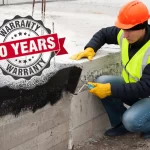The concrete slab is widely used for roofs. The concrete slab is open to the environment. It can be wet from rain and heat with sunlight. Hence it is always shrinking and expanding. Due to this reason, there can be small cracks occur. Small cracks can leak the water inside the slab. Hence concrete slab should be waterproof step by step. So here I am going to explain how to waterproof a concrete slab in detail.
The concrete slab is cast with reinforcement. If there is any leaking, reinforcement also can be corrosion. Due to this slab strength will be reduced. So you should waterproof the concrete slab. There are so many steps to follow there but we can summarize them all into main 07.
Step 01: Understand the Waterproofing Requirement
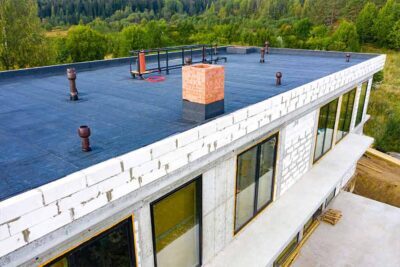
When there is inside damping, you should understand wherefrom the water is leaking?
You had better pay attention to this.
- Due to the wind
- Due to more height of the flow
- Overflowing the excess water
- Due to level problem
- Lack of water-breaking edges of the slab.
These reasons can be misunderstandings with damping the slab. For this reason, check the area carefully to find the solution. If you find the correct solution for the leaking, and it is water leaking from the slab, follow the below steps to stop it.
Step 02: Measure and Plan
When you understand that water is coming through the slab, you need to apply the waterproofing. If you find the correct place, you can apply some plaster. But it is not a permanent solution. It can be leaked anywhere. So the best solution is to apply waterproofing on the slab.
Before enrolling in the work, you should decide whether you do it yourself or hire someone. There are many experienced people who do waterproofing for many years. So I recommend you to hire someone with good experience and instruments.
First of all, you need to make an estimate of your waterproofing. At least you should know the square area. Hence measure the surface and get an idea of how it will be.
Then you can have an idea of how much material have to use and the cost for the area.
Step 03: Select the Waterproofing Method
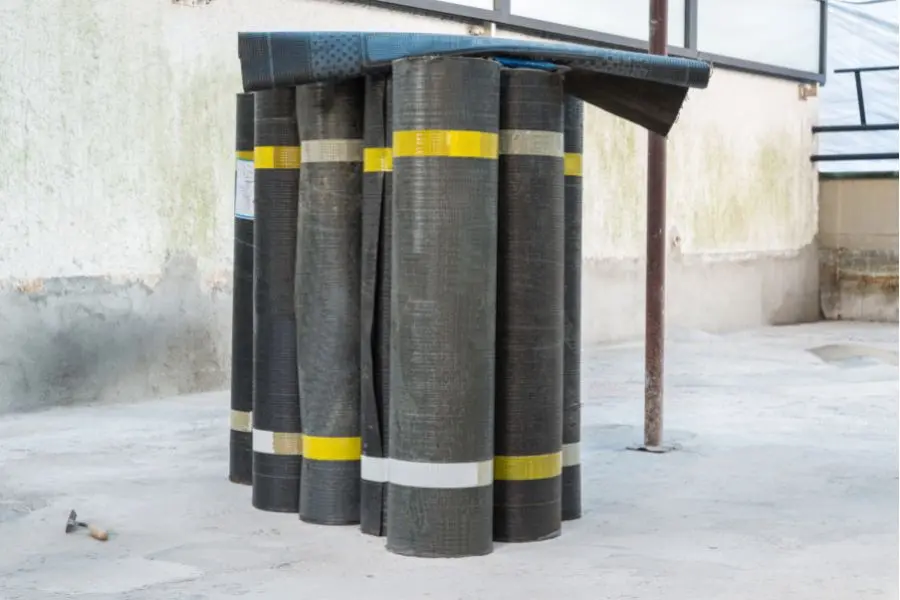
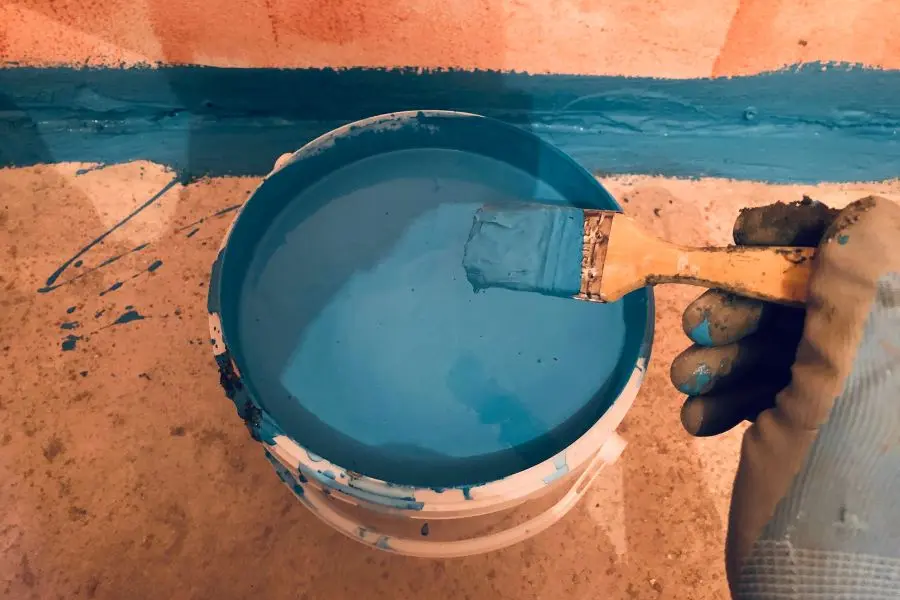
Waterproofing can be done with many methods. So you had better select the best way for the waterproofing method. According to the site condition and application facilities, you should select the appropriate method for you.
You can neglect the small cracks if you choose any flexible sheet membranes like bitumen sheets. So no need to fix any small cracks by using the bitumen membranes as well as PVC.
According to the rooftop material, your selection can be changed
Concrete Floor with Plaster
When the plaster is applied to the top of the slab, you may need to remove the top plaster layer if you need liquid membranes. But if you choose the sheet membranes, you can keep the plaster also.
If the plaster is too old and it already deteriorates, you should remove it. As a waterproofing expert, I can suggest you remove the top plaster. Else you will have to do the double work nearby. You can use one of the below waterproofing methods as you need.
- Cementitious waterproofing methods
- The flexible cementitious waterproofing method
- Bituminous waterproofing method
- Sheet membranes ( bitumen)
- Liquid waterproofing membranes
Fresh Concrete Floor
A recently cast slab can be considered as a fresh floor. Here, slab surface has sufficient adhesiveness, and liquid membranes can be recommended for the waterproofing methods. And also, if you need to do durable waterproofing, you can use bituminous membranes with torch heating.
Old Concrete Slab
The slab may be with many problems like there will be biological growth inside, and some areas are ponding. Due to poor workmanship bed is not leveled and finished. And also, water can be leak through the slab due to the honeycomb after cleaning the top. You can use the liquid as well as sheet membranes for waterproofing.
Step 04: Clean the Surface Before Slab Waterproofing
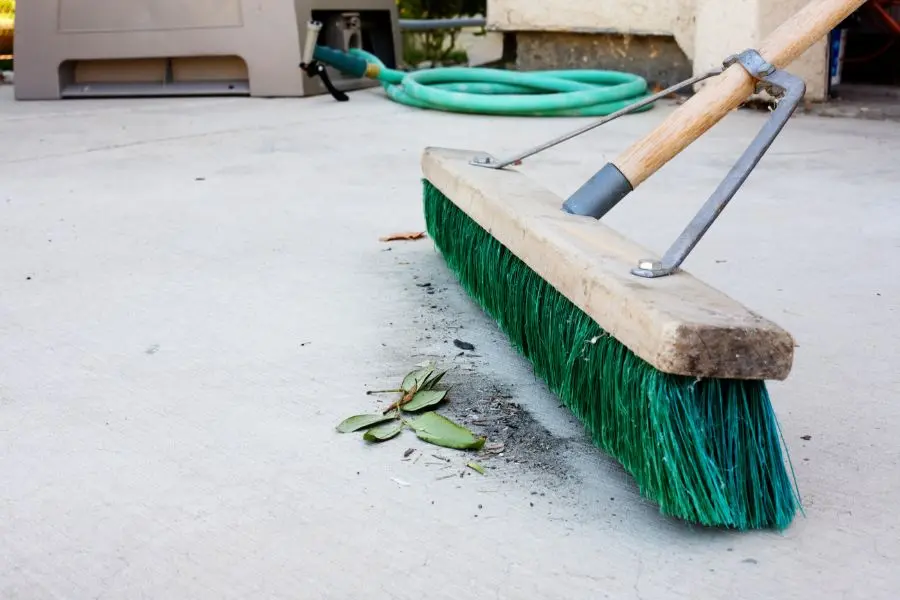
Before applying the waterproofing, the area should be clear. Loose layers should be removed, and until meeting the hard permanent layer, you should clear. Let’s consider this with in-detail
The floor slab is made of concrete. Sometimes it can be covered with plaster. Anyway, for the waterproofing process, you need to clear the surface. Else it will fail soon after you do the waterproofing.
For the Plastered Concrete Slabs.
- Remove the top plaster for the best result using Hilty
- Chip and remove the small concrete parts
- Cut and remove unnecessary nails and aggregates on the surface
- Clean the surface
- Clean the cracks on the slab and use any sealant with fabric for the cracks
- Make the surface level
For the Fresh Concrete Slab
The fresh concrete slab is a recently constructed part—hence no need to too much chip the surface. Until having a better surface, you can clean. You can use a wire brush or any other tool to clean the top surface.
You had better remove the aggregates which come out from the surface. As well as clean the column base for better bonding.
For the Old Slab
The old slab can be with many problems. You can observe many problems with water leaking.
- Spalling of concrete
- Biological growth
- Water seepage
- Drips along cracks
- Weak adhesion
- Water seepage with loose seam
- Cracked membranes etc.
Due to the deterioration top of the concrete slab can be damaged. Before the waterproofing, you should remove these areas. The reason is you can’t have the proper bonding surface with this kind of surface.
You should clean and remove the top loosen parts until meeting the tough surface. And then wash and clean it after it is dry. Use the waterproofing application that you already selected in step 02.
Step 05: Apply the Waterproofing on Concrete Slab
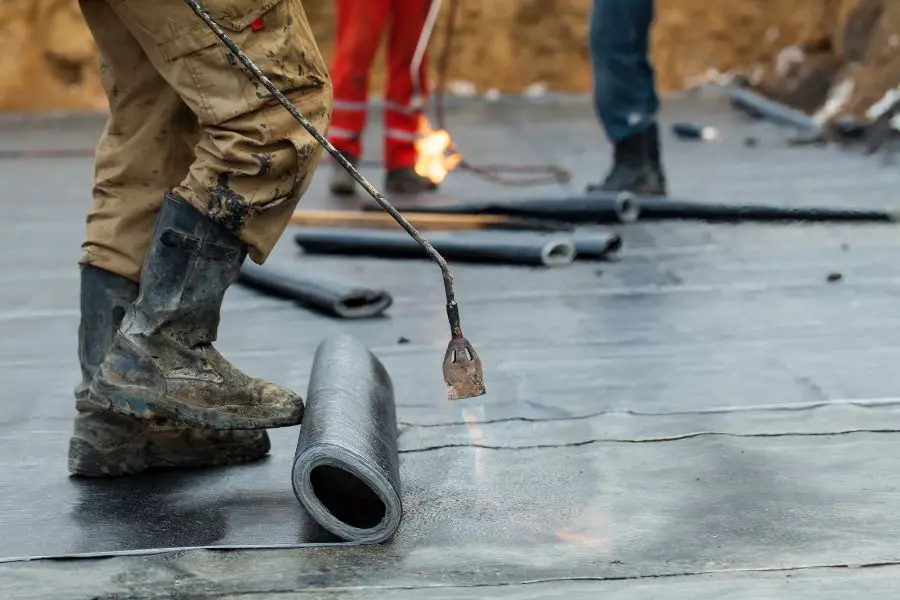
The dry surface that you have is suitable for the application of waterproofing. The method you have selected is very important.
- Cover the Pipes and Ducts
There is some piping that opens in the slab and also ducts. So these areas can be leaking the water if you do not properly fix it. Use cementitious membranes with fabric material and apply with the recommended bonding agent. If there are any columns or any structure on it, apply the waterproofing on the surface of these also.
- Cover the Edges and Corners
Water can mostly leak through the edges and corners. So you strongly cover the edges and corners. When you prepare edges, make it as a fillet. So it is the best way to better joint.
- Apply the Primer (Bonding Agent)
According to the method you selected and the product you selected using a bonding agent. The bonding agent is a connection bridge with waterproofing and structure. When you apply the primer, make sure each and every part should be covered. Else waterproofing can be de-bonding. Apply the bitumen base emulsion primer on the surface.
- Apply the Waterproofing
After applying primer now, you can directly apply the waterproofing. If you have chosen the liquid membranes, apply them to two coats as perpendicular. You can use a roller, brush, or any spray according to the layer thickness you should maintain.
If you use sheet membranes, use a gas torch for the heating process. The gas torch should be aiming at the laying area. The bitumen and primer should be heat and then adhesive together.
- Maintain the proper joints
Joints are in the sheet membrane waterproofing. So you must start the laying from the water removing side to the top. The first layer should be lay on the water flowing side, which means the low-level area to the high-level area. So joints should be connected according to that. Joint distance 3” and both layers should be covered with another sheet.
Step 06: Protect the Waterproof Layers
Here we mainly focus on the physical damages. There are so many reasons to fail the waterproofing membranes. Do not scrape the area or do any drilling on the surface. If there are any settlements, use the flexible waterproofing method like sheet membranes.
Apply the suitable layer protection accordion to the used product system. Cover the bituminous sheet for a longer lifetime.
Waterproof layers can be damaged due to one of these 17 reasons. So, it is better you should know about it well.
Step 07: FAQ
How to Start Construction on a Bituminous Waterproof Slab?
You can start construction on a bituminous waterproof slab by laying a 2″ concrete layer because the bituminous layer will not adhere to the aggregate when you start construction on it. If you try, you can see cracks soon.
What is a Durable Waterproofing Method on Concrete Slabs?
If there is no settlement on the slab, cementitious waterproofing is good because it is durable. But if the slab has a small settlement due to ground problems, you can use any sheet membrane such as bituminous or PVC.
What is the Best Way to Waterproof Small Cracked Slab?
The best way is sheet membrane waterproofing. Cove the area with sheet bituminous and seal it.
Related Topics
